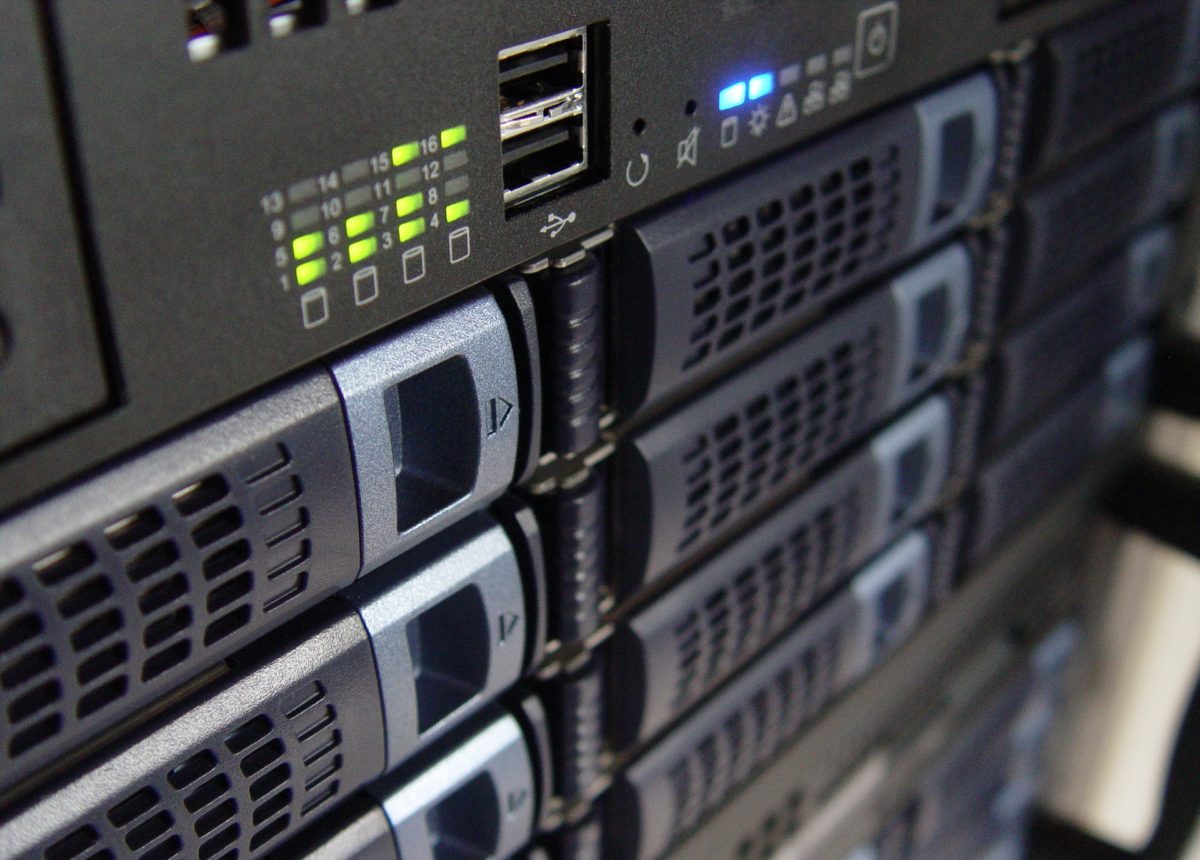The Google Chrome book Pixel is an interesting move by Google. It’s interesting because they’re basically giving it away for free. if you look at how much it costs, it’s really supercheap.
The pixel comes with 1 TB of storage in the cloud on Google drive. This is equal to about $1800 over the course of three years. So if you’re already using Google drive, it’s basically like getting the pixel for free.
More of the same
Of course, that’s just what Google does. It gets you to buy into their overall system so they can have your data. In fact, they even thrown in some features that are similar to Apple products.
On the other hand, the pixel still doesn’t have very much processing power. It’s designed to be a slave unit that you basically connect to Wi-Fi to use the Google environment. Therefore, the hardware is not that important.
So if you’re asking about the $1300 that will get you the Pixel, just take a look at all the features you get. If you’re willing to live in the cloud, then, could be a great deal. If you want more powerful laptop, this may not be the product for you.

